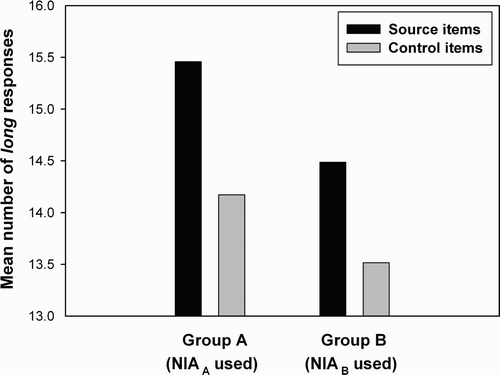Figures & data
Figure 1. Example of an auto-hetero-associative distributed neural network. The more general architecture of Ans and Rousset's (1997) memory self-refreshing mechanism is made up of two such networks (see text for details).
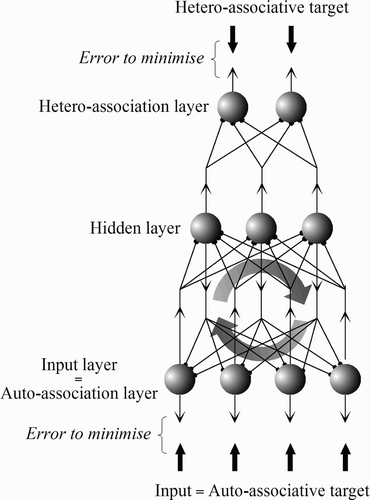
Figure 2. Flow of information between the two coupled hetero-associative GDN networks, NET1 and NET2: (a) Stage I: once trained, NET1 generates RPPs from random noise and NET 2 is trained on these RPPs; (b) Stage II: once NET2 trained, NET1 is trained on both new items and on RPPs generated from random noise in NET2. See main text for details.
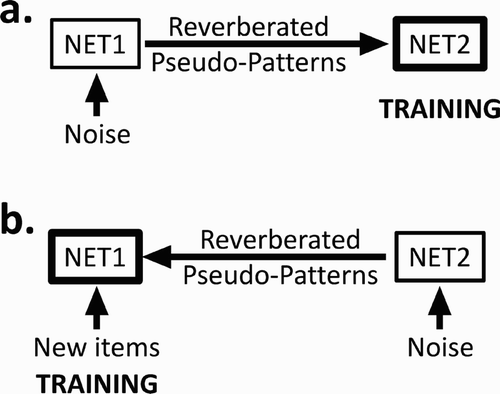
Figure 3. The full set of items used in the simulations and the behavioural experiments (and the random division into Lists A and B for Simulation and Experiment 2).
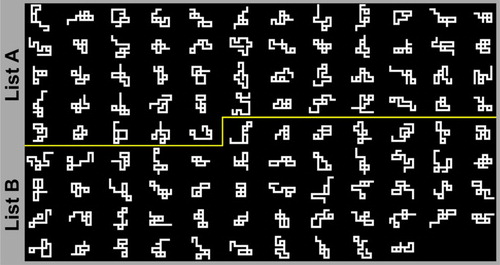
Figure 4. Examples of selected RPPs: (a) three NIAs from NIAA (generated by a network trained on List A), and (b) three NIAs from NIAB (generated by a network trained on List B), corresponding to a source list counterbalancing (see text for details).
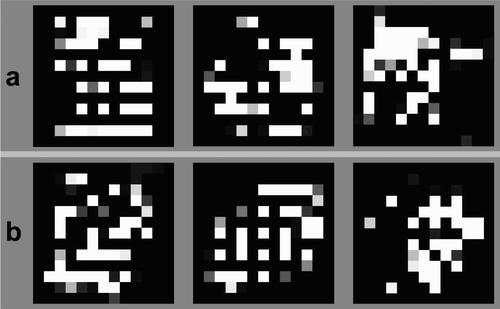
Figure 5. Network performance (RMS error) on source and control items after training on an NIA base (NIAA or NIAB, according to a source list counterbalancing). A lower RMS error signs a better performance.
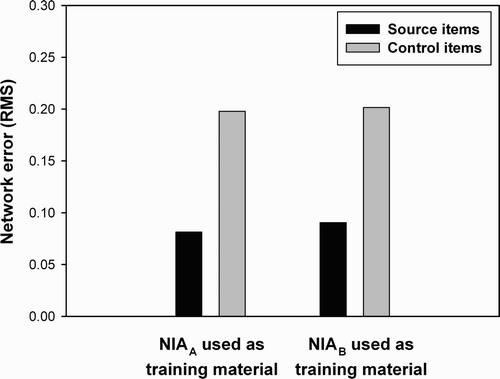
Figure 6. Experiment 1: false recognitions on source and control lists during the recognition task, after prior exposure to NIAs (Groups NIAL1 and NIAL2, according to a source list counterbalancing). Note that, because of the design used, false recognitions are an indicator of familiarity with the never seen items.
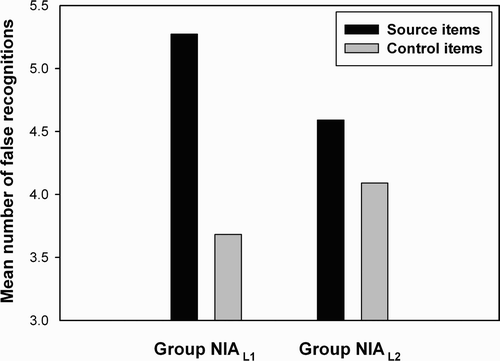
Figure 7. Experiment 2: effect of incidental exposure to NIAs on long responses (denoting familiarity) to source and control items in a duration judgment task (NIAA was used for Group A and NIAB for Group B, according to a source list counterbalancing). All stimuli correspond strictly to those used in Simulation.
